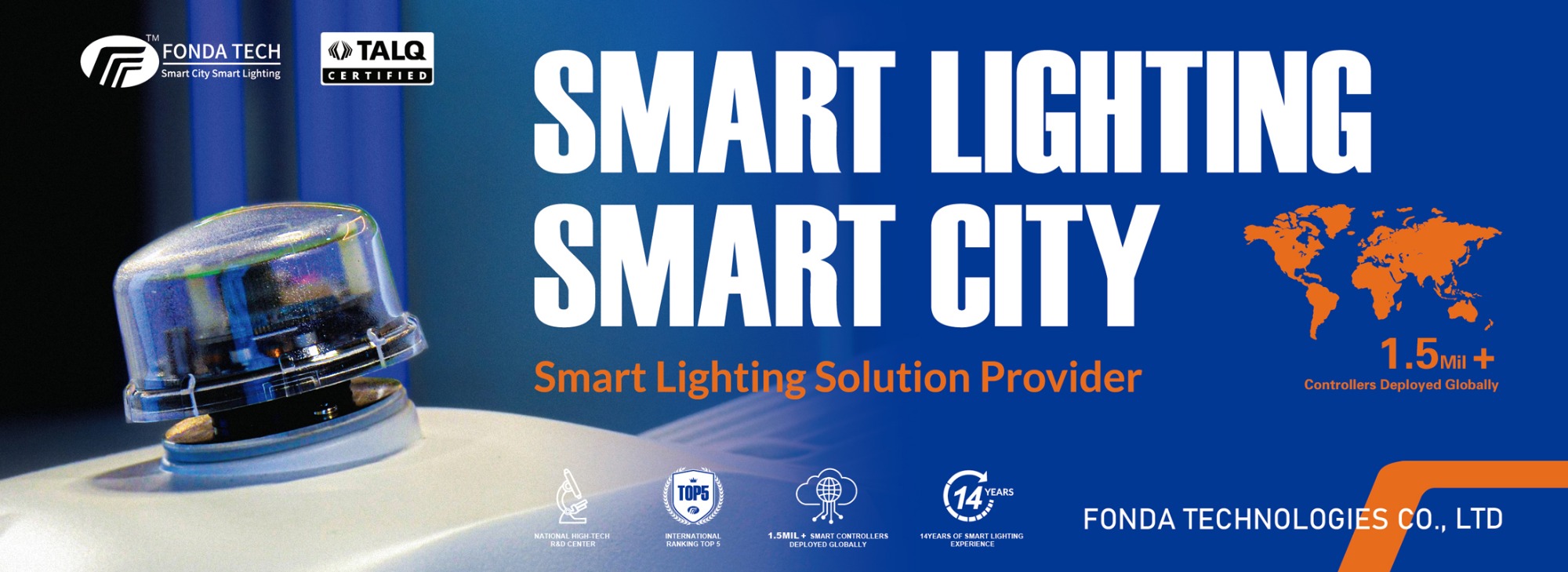Street light controllers are not just devices that regulate the timing and intensity of urban lighting. They are sophisticated systems that incorporate a range of additional functions to enhance their effectiveness, improve energy efficiency, and contribute to safer, more sustainable cities. This article explores some of the key additional functions of street light controllers.
Smart Dimming and Brightening:
Many modern
street light controllers feature smart dimming and brightening capabilities. These controllers can adjust the light intensity based on factors such as ambient light levels, time of day, or even traffic patterns. This not only saves energy but also ensures that the lighting is always appropriate for the current conditions.
Remote Monitoring and Control:
Advanced street light controllers can be remotely monitored and controlled via wireless communication networks. This allows city managers to access real-time data on the status of each light, make adjustments to the lighting schedule, and even receive alerts for maintenance issues without needing to visit the site physically.

Energy Monitoring and Reporting:
Some controllers are equipped with energy monitoring tools that track electricity usage by individual lights or entire lighting systems. These data can be used to identify inefficient lighting areas, monitor energy savings, and generate reports for compliance or budgetary purposes.
Integration with Smart City Infrastructure:
Street light controllers can be integrated into a city's smart infrastructure, working in conjunction with other systems such as traffic management, security cameras, and environmental sensors. This integration enables a more coordinated and efficient use of city resources, improving overall urban management.
Adaptive Lighting Control:
Certain controllers use sensors to detect environmental changes or specific events, such as the presence of pedestrians or vehicles. Based on these inputs, the controller can adjust the lighting accordingly, enhancing safety and reducing unnecessary energy consumption.
Fault Detection and Notification:
Advanced controllers are capable of detecting faults in the lighting system, such as burned-out bulbs or wiring issues. They can then send notifications to maintenance teams, allowing for prompt repairs and reducing the downtime of street lights.
In conclusion,
street light controllers are multifaceted devices that offer a wide range of functionalities beyond basic lighting control. Their advanced features contribute to more efficient, safer, and environmentally friendly urban environments. As technology continues to evolve, we can expect even more innovative functions to be incorporated into these controllers, further enhancing their value in modern cities.


 Energy Efficiency: How Remote-Controlled Street Lights Reduce Power Consumption
Energy Efficiency: How Remote-Controlled Street Lights Reduce Power Consumption
 Remote Control vs. Manual Control of Street Lights: A Comparative Advantage Analysis
Remote Control vs. Manual Control of Street Lights: A Comparative Advantage Analysis
 Lower Maintenance Costs with Smart Street Light Monitoring
Lower Maintenance Costs with Smart Street Light Monitoring
 Enhanced Public Safety Through Intelligent Street Lighting
Enhanced Public Safety Through Intelligent Street Lighting